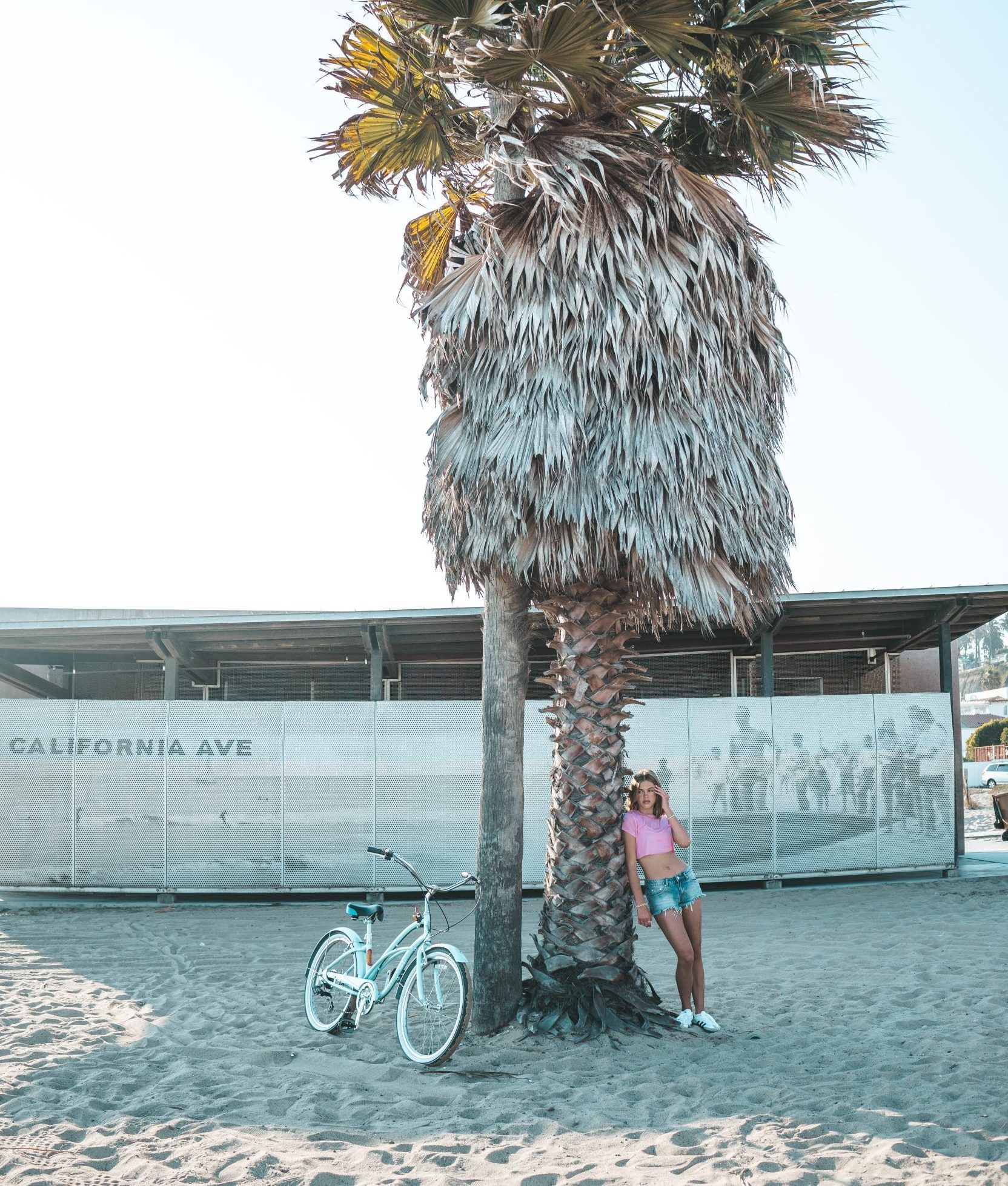Starting a Clothing Line can be great fun and rewarding, but first, you have to calculate the costs of manufacturing, which is very important for any business, large or small. As a small business owner, you have to be aware of all the upfront costs in order to prepare and not be caught off guard. As a custom clothing manufacturer, having skills in clothing production can help you go through the complicated process so that you can make well-informed decisions, ensuring a good deal for the cost.
Critical Variables That Affect the Cost of Producing a Garment
Product Design & Prototyping: Establishing the Basics
Designing your collection and creating prototypes is one of the first (and possibly most costly) stages of production. As enticing as it may be to realize your creative vision, understand that the cost of prototyping can differ based on its complexity and the designer you choose to work with.
ESTIMATED COST $100 to $1,000 per design, depending on how detailed your request is.
Fabric & Materials – the Soul of Your Product
The type of fabric you choose will affect the look, feel, and cost of your finished garment. Natural fibers such as cotton and silk are generally more expensive than synthetic materials like polyester, and eco-friendly alternatives could hike up the price even further.
Approximate Cost: $2 to $10 per yard, depending on the materials.
Volume: How economies of scale make for fluid production
How many of them to bring into production is a big factor in determining how much your manufacturing is going to cost you. In general, smaller runs will yield higher per-unit costs and larger runs introduce economies of scale pricing.
Estimated Cost: $5 to $50 each for smaller quantities; a small fraction of that for larger runs.
Labor Expenses: Where Your Product is Brought to Life
Another important consideration is labour. Working with manufacturers in your own region, or outsourcing overseas? Plants in countries with higher payroll costs will inevitably drive up production price tags, but foreign labor may deliver savings instead of headaches.
Cost Estimate: $3 to $15 each in labor, depending on where you live.
Shipping & Import Fees: Bringing Your Product to Market
After your clothing is made, the logical next step is to deliver it to you. The cost of shipping and import fees (especially for international orders) can pile up. Shipping by air is faster but more costly; shipping by sea is more expensive but slower.
Approximate Cost: Price per unit for international shipping, depending on destination and the weight of the product
Packaging: Presentation Matters
The cost of packaging (hang tags or polybags and boxes) will vary depending on the style you select and how sustainable it is. Custom and green packaging may be pricier, but it adds to your brand’s appearance.
Expected Cost: $0.50 to $5/unit, depending on the complexity of packaging design and materials inside.
The CM to SW Ratio: An Approximation
Your total manufacturing (design, fabric, production, shipping, and packaging) will range from $15 to $50 per garment for small runs, depending on a lot of factors. The cost per unit also drops drastically for bigger production runs, from between $8 and $20 per item, so it would be more cost-effective as your business grows.
Budgeting & Planning for Success
Having the right expectations and thinking about things in advance is important when you are starting your clothing brand. As one famous entrepreneur and investor, Barbara Corcoran, has said: “Don’t be so married to your initial investment.” Establish a strong foundation and continue to improve as you get bigger.” This guidance encourages being clear on a budget and remaining flexible as the business grows.
Pro Pro Tip: Keep It Small, Scale It Right
If you are at the beginning of your career, you may be tempted to put down tens of thousands right away — but it’s usually better to start with a smaller run. This’ll help you test the market and iterate on your product without investing a pile of cash. After your product has proven itself in the market, then you can start ramping up production more cost-effectively.” Maezensports assists you through this process so that each step is well organized and focused.
Conclusion
Getting a handle on the real cost of making clothes is essential for entrepreneurs looking to build a profitable and lasting brand. By understanding the primary factors driving manufacturing costs and planning accordingly, you’ll be better equipped to make informed decisions. Maezensports can be the ideal partner to guide you to start your own clothing line, providing the resources and expertise needed to succeed in the competitive fashion industry.




